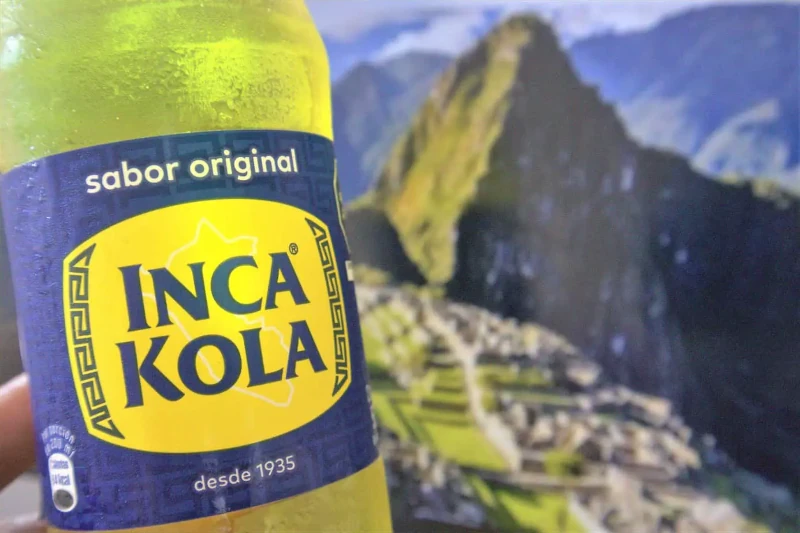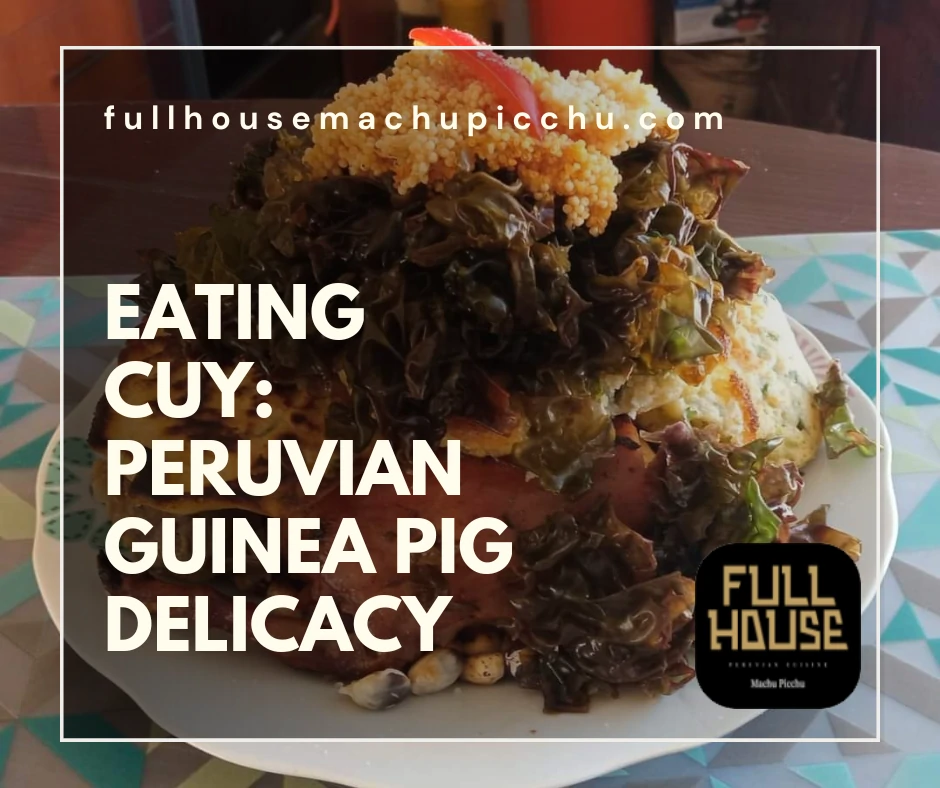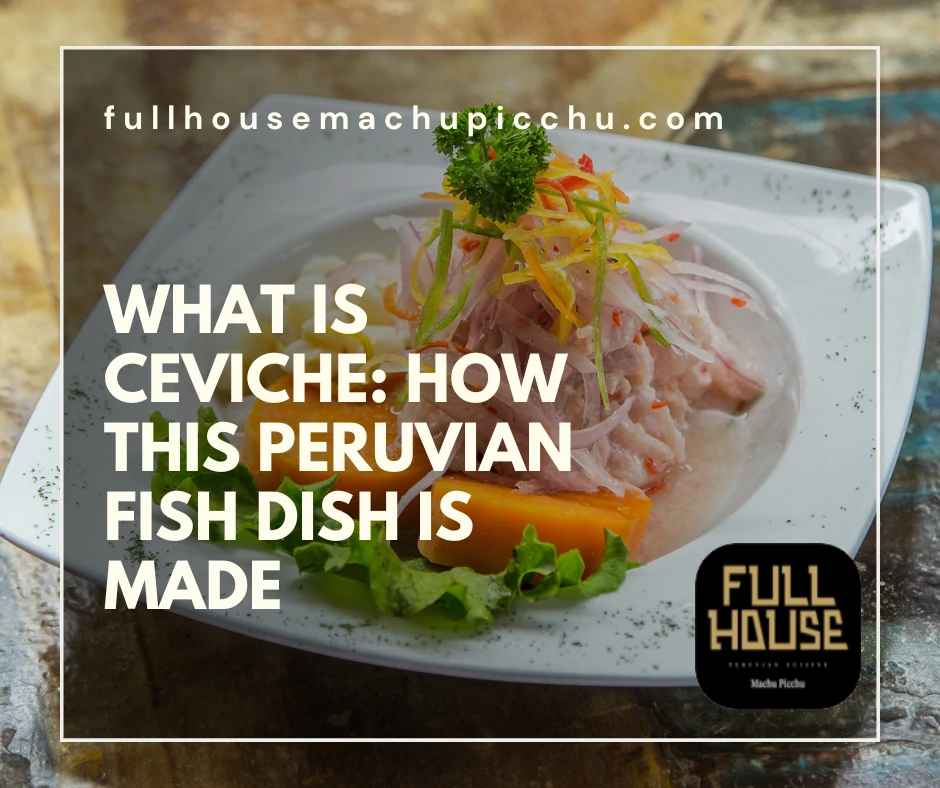Inca Kola is more than just a soda; it’s a Peruvian cultural icon. Known as the “Golden Kola,” this vibrant yellow beverage has captivated the taste buds and hearts of Peruvians for decades. Its unique flavor, often compared to bubblegum or cream soda, sets it apart from other soft drinks. In this article, we’ll explore the rise of Inca Kola and its significance in Peruvian culture.
History of Inca Kola
Inca Kola was created in 1935 by British immigrant Joseph Robinson Lindley in Lima, Peru. Lindley, who owned a small bottling company, sought to create a beverage that would resonate with the local population. He experimented with various flavors and eventually crafted a recipe that included lemon verbena, a herb native to Peru. The result was a bright Inca Kola golden yellow soda that quickly became a hit.
Cultural Significance
This beverage is more than a beverage; it’s a symbol of national pride. During the 20th century, when American soft drinks like Coca-Cola began to dominate the market, this soda stood its ground. It became a point of cultural resistance, a way for Peruvians to assert their identity. The iconic Inca Kola glass bottle is a common sight in Peruvian households, often seen at family gatherings and celebrations.
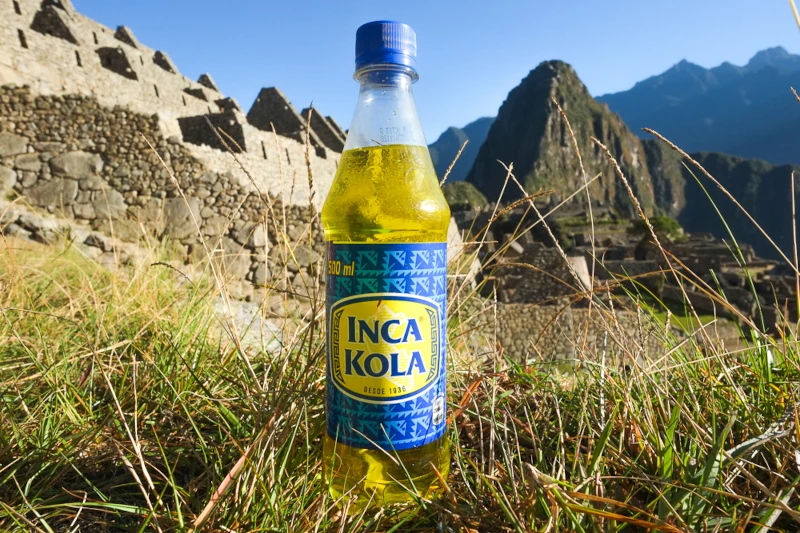
Inca Kola and Peruvian Food
One reason for Inca Kola’s enduring popularity is its perfect pairing with Peruvian food. The soda’s sweet, effervescent flavor complements the rich, savory dishes of Peruvian cuisine. The pollo a la brasa is perfect with it.
Whether you’re enjoying a plate of ceviche or a hearty lomo saltado, an Inca Kola on the side enhances the dining experience. It’s no wonder that Inca Kola is often referred to as the “national beverage” of Peru.
The Coca-Cola Partnership
In 1999, the Coca-Cola Company acquired a significant share of the drink. This partnership allowed Inca Kola to expand its reach beyond Peru, introducing the golden soda to international markets. Despite concerns that the acquisition would dilute Inca Kola’s cultural significance, the brand has maintained its unique identity. The glass bottle, with its distinctive design, remains a beloved symbol of Peruvian culture.
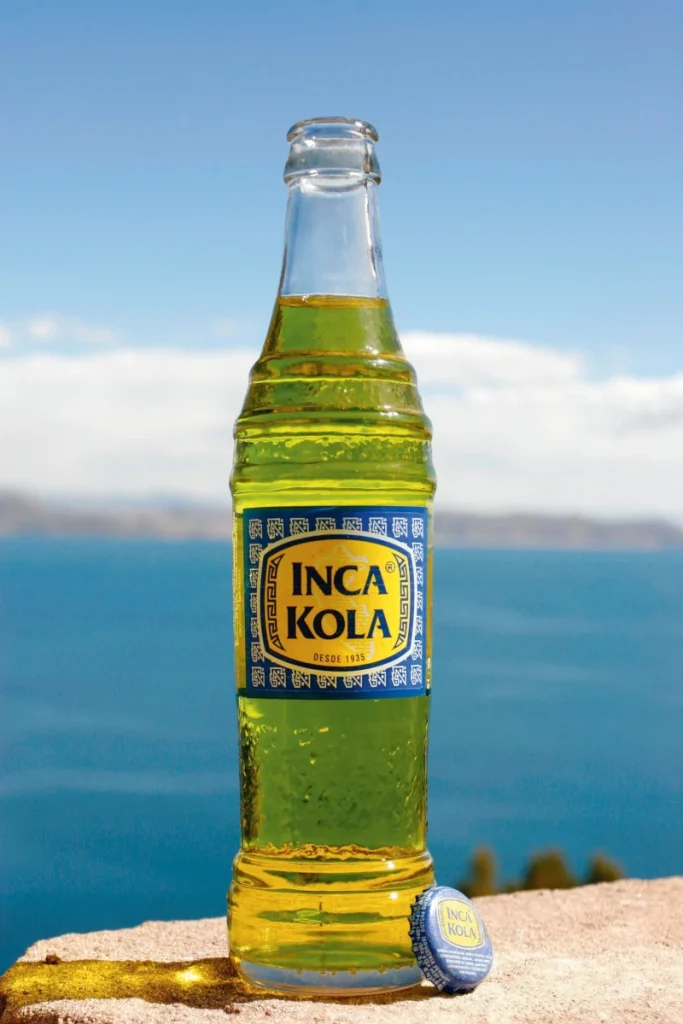
Sustainable Practices
This Peruvian soda has also embraced sustainable practices, aligning with the growing global emphasis on environmental responsibility. The company has implemented measures to reduce its carbon footprint, such as using eco-friendly packaging and supporting local recycling initiatives. This commitment to sustainability resonates with consumers who are increasingly conscious of their environmental impact.
Travel Tips
If you’re planning a trip to Peru, trying it is a must. You can find it in almost every restaurant, café, and market. For the most authentic experience, look for the traditional Inca Kola glass bottle. Pair it with local dishes to fully appreciate its unique flavor. Additionally, consider visiting the factory in Lima, where you can learn more about the history and production of this iconic beverage.
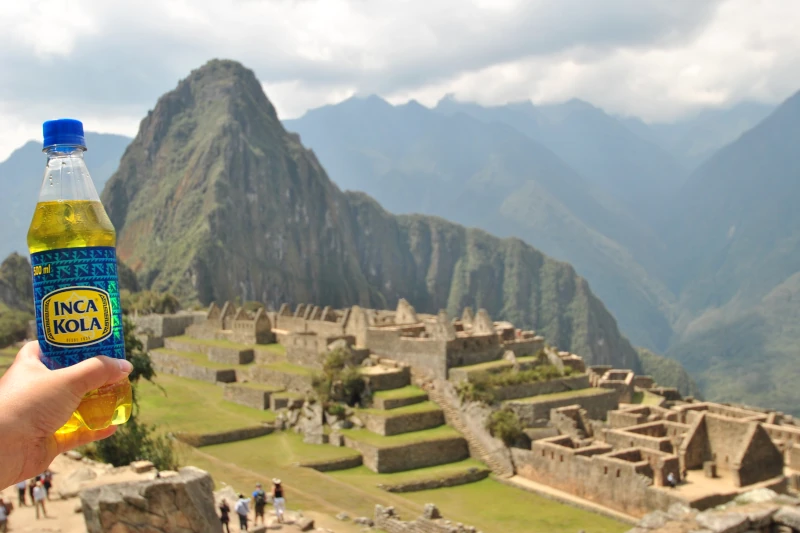
The rise of it is a testament to its deep-rooted cultural significance in Peru. From its humble beginnings in a small bottling company to its status as a national icon, this drink has captured the hearts of Peruvians. Its unique flavor, cultural importance, and commitment to sustainability make it a beloved beverage. So, the next time you find yourself in Peru, don’t miss the chance to enjoy a refreshing Inca Kola.
Whether you’re a travel writer looking to enrich your guides with authentic cultural insights or a tourist eager to experience Peru’s culinary delights, this soda offers a taste of Peruvian heritage that you won’t forget.
